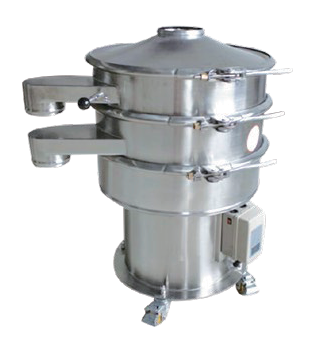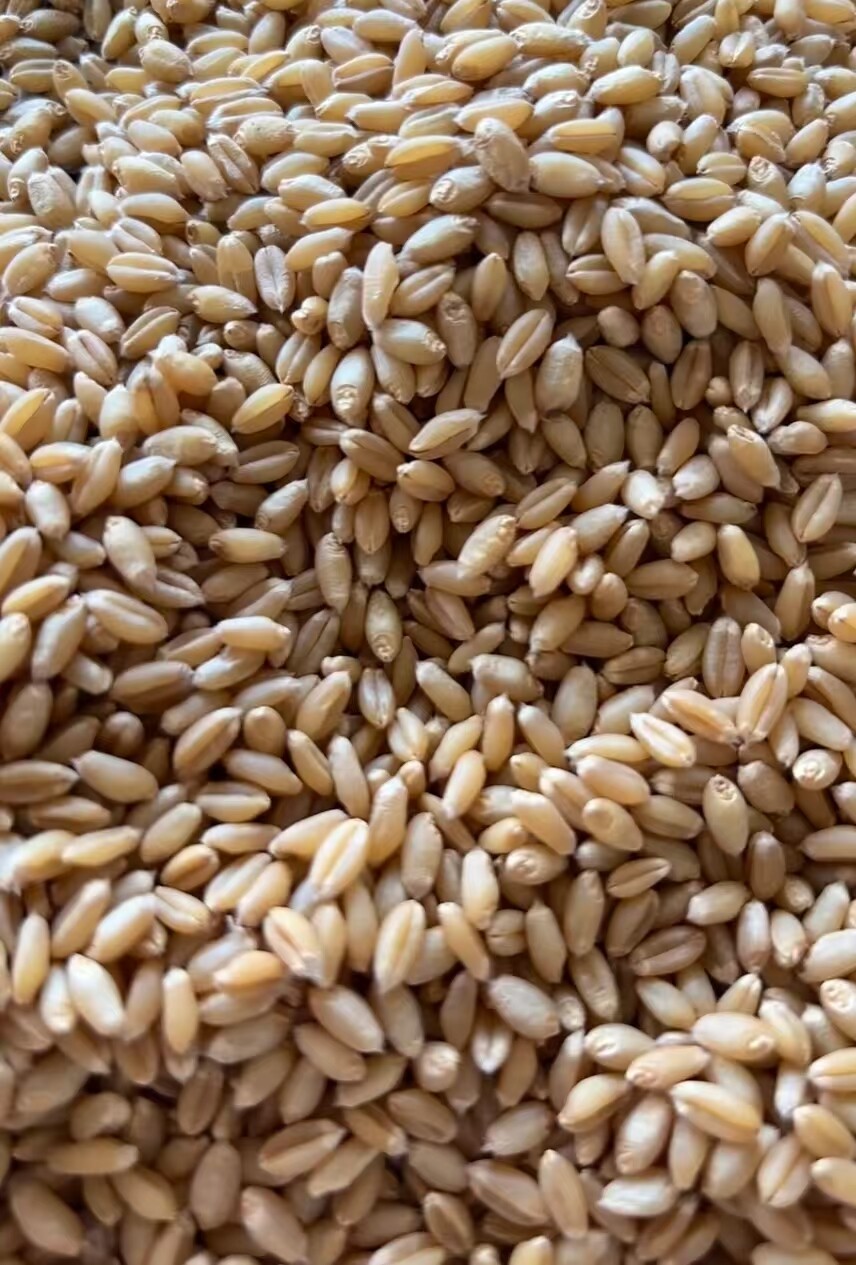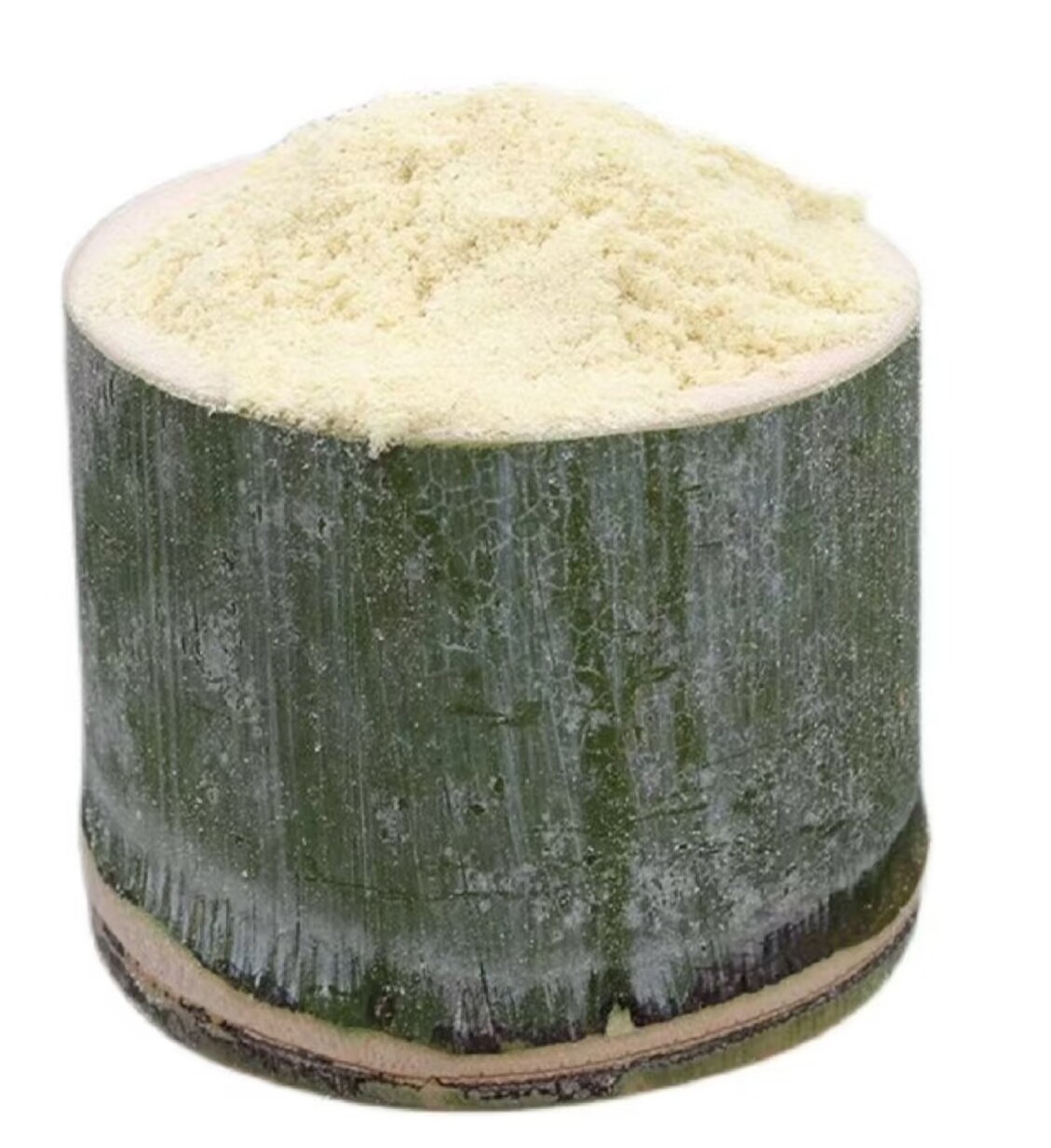In industrial production, screening equipment is an indispensable part. They are responsible for accurately separating materials according to particle size and ensuring the smooth progress of the production process. Today, we will delve into the differences among four common types of screening equipment: airflow screens, vibrating screens, swing screens, and drawer - type test screens.
In terms of working principles, the airflow screen uses high - speed air flow as a carrier, making powder particles suspended in the air flow. With sufficient kinetic energy, they jet towards the screen mesh to achieve rapid classification. The vibrating screen relies on a vibration motor to generate three - dimensional vibrations, prompting the materials to spiral and jump on the screen mesh for screening. The swing screen imitates manual screening actions. The rotation of the eccentric shaft makes the screen box reciprocate and swing, and the materials move in a planar circular motion on the screen surface to separate materials of different particle sizes. The drawer - type test screen generates exciting forces through an electric motor driving an eccentric block to make the screen body vibrate. The materials move on the screen surface to complete screening, and the screen mesh can be easily pulled out for cleaning and replacement like a drawer.

Regarding the applicable materials, the airflow screen is suitable for breathable and flammable granular materials and fine powders within the range of 80 - 500 mesh, such as light calcium powder and activated carbon powder. The vibrating screen can screen a wide range of materials, covering various granular, fine - powder, and slurry materials in industries such as chemicals, food, metal metallurgy, and wastewater paper - making. The swing screen has a good screening effect on difficult - to - handle materials, whether they are powders or granules. The drawer - type test screen is often used in laboratories for fine - scale inspection and screening of materials. The amount of processed materials is relatively small, but the accuracy requirement is high.
In terms of screening efficiency,the airflow screen has a high efficiency, reaching over 95%, and its output can be 5 - 10 times or more than that of a vibrating screen. The screening efficiency of the vibrating screen is lower than that of the airflow screen, but it can automatically discharge impurities and coarse materials to achieve continuous operation. The swing screen has high screening accuracy, large output, and high screen - mesh utilization. The drawer - type test screen focuses on accurate inspection, and screening efficiency is not its primary consideration.
In terms of equipment characteristics, the airflow screen has high screening accuracy, precise fineness, no over - size mixing phenomenon, is fully enclosed with no dust dispersion, has low noise, can operate continuously, and is simple to maintain. The vibrating screen has low noise, low energy consumption, is fully enclosed to prevent dust from flying, and can be used for both rough and fine screening. The swing screen has a simple structure, is easy to maintain, has a long screen - mesh service life, and causes little damage to the materials. The drawer - type test screen is easy to operate, convenient to replace the screen mesh, and easy to clean, meeting various screening needs in the laboratory.
With the continuous development of industry, understanding the differences of these screening equipment can help enterprises more accurately select the equipment that suits their production needs and improve production efficiency and product quality. In the future, screening equipment will also continue to develop towards a more efficient, intelligent, and environmentally friendly direction.
Related Testimonials
Online Consultation




